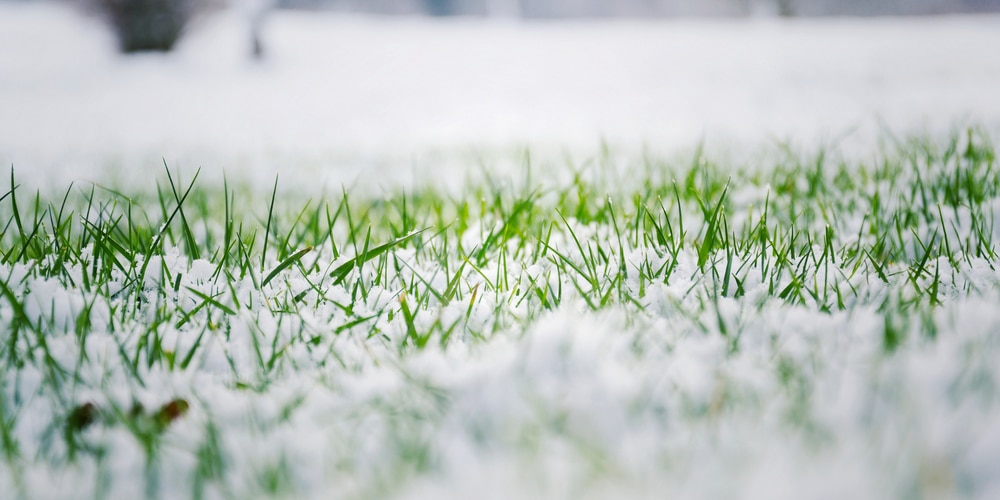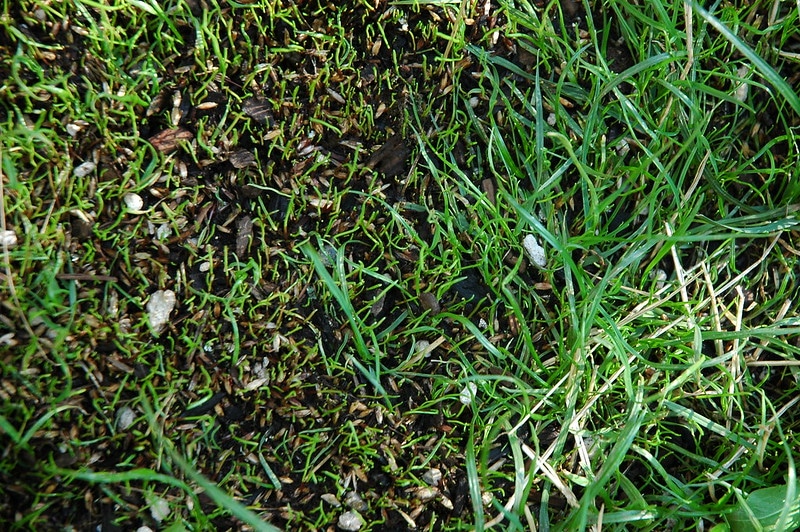Augustine grass is a warm-season perennial grass that is most active above 65 degrees Fahrenheit (18 degrees Celsius). St. Augustin grass dies back or goes dormant in cold weather; it will not tolerate frost at any stage of its growth. Let’s look at what happens to St Augustine grass in winter and discuss where it can be planted in winter.
Quick Answer:
It’s best not to plant St. Augustine in the winter
Here’s what happens to St Augustine Grass in Winter

In cold climates, St. Augustine grass will become dormant as it’s not very cold hardy; it may turn brown or yellow.
Most St. Augustine will go dormant after a frost or extended period of temperatures below 50 degrees F (10 degrees Celsius). A few varieties are more cold-tolerant and may remain green longer into the fall months before going dormant.
These varieties are referred to as semi-dormant varieties because they do not die back completely but instead show some winter injury on permanent leaves until spring temperature rises, promoting new growth. As long as the plant remains alive, its roots survive protected under the soil which insulates them from lower soil temperature extremes.
St Augustine will come out of dormancy when temperatures rise after winter and resumes growing rapidly during the spring months as long as temperatures remain above 65 degrees F for at least 18 hours per day. If St. Augustine does go into dormancy, it will emerge later with warmer temperatures and longer daylight hours.
Can you plant St Augustine grass in the winter?
In some climates, St. Augustine grass can be planted in the fall or winter. As long as frost isn’t expected, this grass variety may grow in the winter in warmer areas. However, it’s recommended that you don’t plant St Augustine in the winter as it’s a warm-season grass. Winter planting can result in reduced germination, and you may find that the seeds lay dormant until the spring when the weather gets better, and they germinate. This can cause a patchy looking lawn.
If you’re looking for a grass variety that can be planted in the fall or winter, it’s best to choose a cool-season grass. You can also overseed your St. Augustine Grass in the winter with cool-season variety such as winter ryegrass.
Overseeding provides several benefits to your lawn all year-round, including weed control and improving the appearance of your lawn. It also helps to increase overall turfgrass density, which reduces winter injury from cold weather stress. Dense turf also slows wind movement across a lawn, reducing wind scalding of bare areas during cold weather, allowing those areas to become more established over time with proper care.
Conclusion
St. Augustine grass is one of the most popular warm-season lawns across the southern states. Winter dormancy is necessary to protect St. Augustine from permanent damage if exposed to certain environmental factors during the winter months.
It’s best not to plant St Augustine in the winter. Instead, plant a cool-season grass such as Kentucky bluegrass, perennial ryegrass, fine fescue, or tall fescue.
